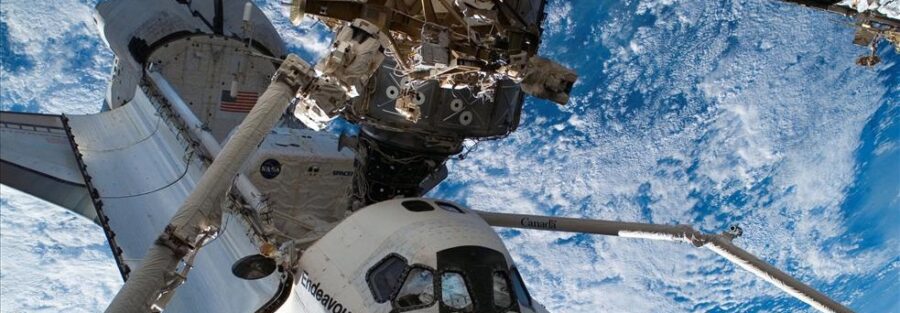Space exploration has always been a fascinating subject for scientists, engineers, and dreamers alike. However, the challenges associated with exploring the vast expanse of the universe are immense. From extreme temperatures to zero gravity environments, space presents unique obstacles that require innovative solutions. Mechanical engineering has played a crucial role in overcoming these challenges and making space exploration possible. In this article, we will explore some of the remarkable innovations in mechanical engineering that have helped us conquer the mysteries of space.
Innovations in Mechanical Engineering for Space Exploration
Lightweight Materials:
One of the key challenges in space exploration is the weight constraint. Every extra kilogram added to a spacecraft significantly increases the cost and complexity of the mission. Mechanical engineers have developed innovative lightweight materials to address this challenge. For instance, carbon fiber reinforced polymers (CFRPs) have revolutionized the aerospace industry. These materials are incredibly strong, yet much lighter than traditional materials such as aluminum. By utilizing CFRPs in the construction of spacecraft, engineers have been able to reduce weight without compromising structural integrity.
Robotic Systems:
Space exploration often requires complex tasks to be performed in extreme environments. To overcome this challenge, mechanical engineers have developed advanced robotic systems that can operate in space. These robots are capable of performing tasks such as repairing satellites, exploring planetary surfaces, and even assembling structures in space. For example, the Canadarm, a robotic arm developed by the Canadian Space Agency, has been instrumental in various space missions, including the assembly of the International Space Station. By utilizing robotic systems, engineers can overcome the limitations of human presence in space and expand our exploration capabilities.
Life Support Systems:
Another significant challenge in space exploration is providing astronauts with the necessary life support systems. Mechanical engineers have developed innovative technologies to address this challenge, ensuring the survival and well-being of astronauts in space. These systems include advanced air purification systems, water recycling systems, and waste management systems. For instance, the International Space Station utilizes a sophisticated life support system that recycles air and water, minimizing the need for resupply missions. By developing efficient and reliable life support systems, mechanical engineers have made long-duration space missions and future colonization of other planets a possibility.
Overcoming Challenges of Space Exploration through Mechanical Engineering
Space exploration poses numerous challenges, but mechanical engineering has proven to be a driving force in overcoming them. By developing lightweight materials, engineers have reduced the weight of spacecraft, making them more cost-effective and efficient. The use of robotic systems has expanded our exploration capabilities by allowing us to perform complex tasks in space. Additionally, life support systems developed by mechanical engineers have ensured the well-being of astronauts during long-duration space missions. These innovations in mechanical engineering have paved the way for further advancements in space exploration and our understanding of the universe.
As we continue to push the boundaries of space exploration, mechanical engineering will undoubtedly play a crucial role in overcoming the challenges that lie ahead. The innovations discussed in this article are just a glimpse of the remarkable achievements made by mechanical engineers in the field of space exploration. By constantly pushing the limits of technology, mechanical engineers will continue to shape the future of space exploration and bring us closer to unraveling the mysteries of the cosmos.



